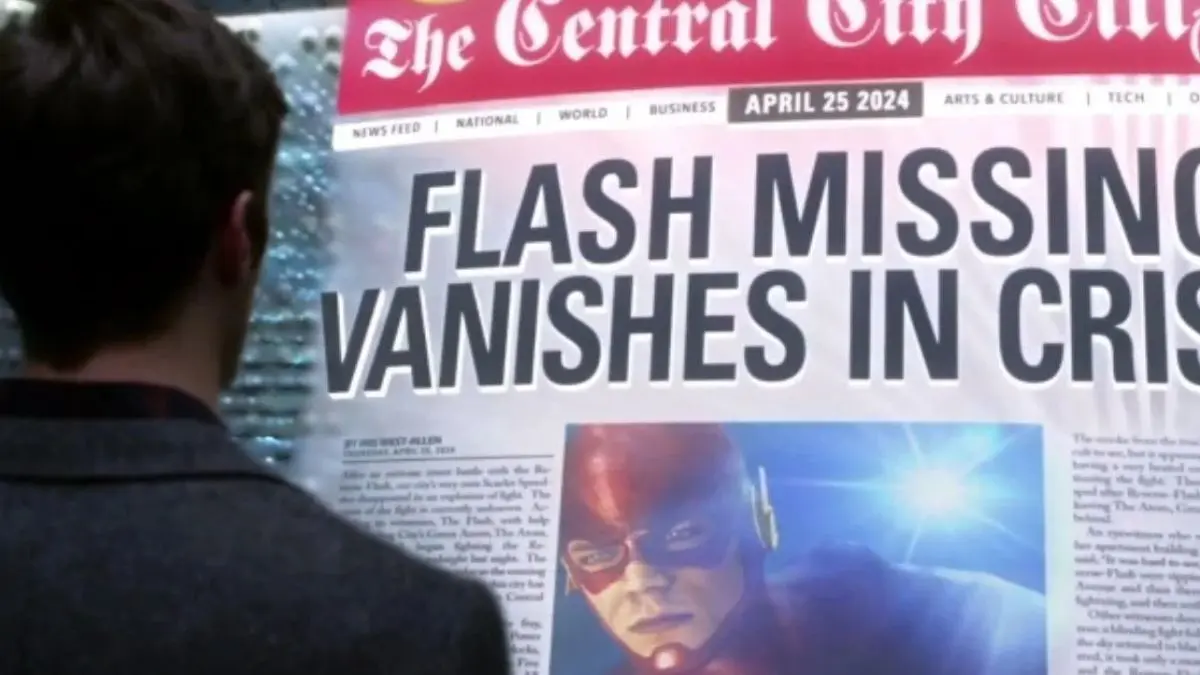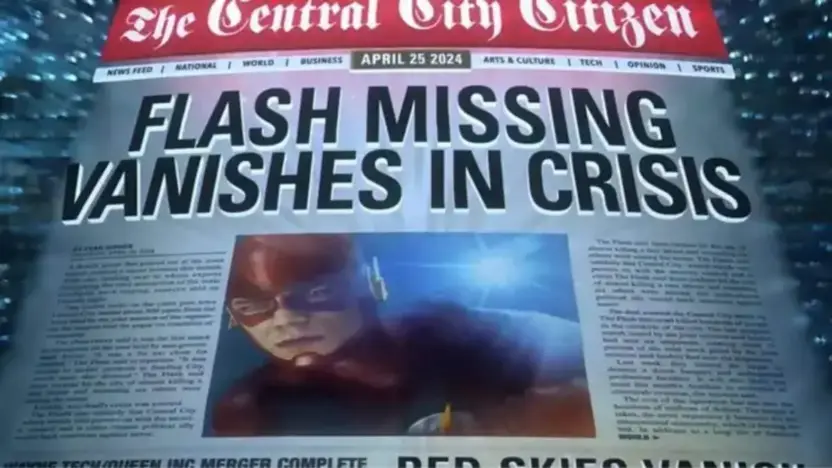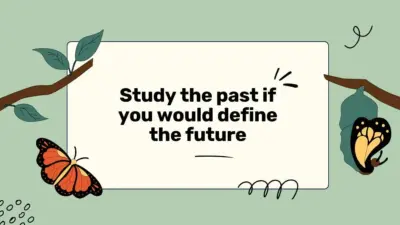When “The Flash” debuted on The CW in October 2014, it wasn’t just another superhero show; it was a promise. The end of the first episode left viewers with a cryptic glimpse of a newspaper from April 25, 2024, teasing the disappearance of the Flash during a crisis. This wasn’t merely a cliffhanger, but a bold declaration: “The Flash” was here to stay and it aimed to evolve dramatically.
Now, a decade later, we reflect on how “The Flash” not only met but in many ways surpassed those early expectations—albeit with some intriguing twists along the way. The show, a cornerstone of The CW’s ambitious superhero universe, eventually tackled the iconic “Crisis on Infinite Earths” storyline, albeit five years earlier than its original 2024 prophecy.
A Catalyst for Change
“The Flash” served as a catalyst in The CW’s superhero universe, succeeding “Arrow” which had introduced a more grounded, dramatic tone. Where “Arrow” laid the groundwork, “The Flash” soared into the realms of the fantastical. It embraced the comic book essence with a fervor unseen in previous TV adaptations, diving into time travel, alternate dimensions, and the mystifying Speed Force.
This embrace of comic book lore allowed “The Flash” to explore narratives that would later influence not only “Arrow” but also inspire a slew of other superhero shows like “Supergirl,” “Legends of Tomorrow,” “Black Lightning,” and “Batwoman.” These shows expanded the universe, creating a tapestry rich with diverse storytelling and complex characters, ultimately making possible an early adaptation of “Crisis on Infinite Earths.”

The Ripple Effects of Time
The show’s timeline shenanigans were not just plot devices but reflections of its narrative ambition. As the show progressed, the original teaser about the crisis and Flash’s disappearance morphed—sometimes it disappeared, was rewritten, or happened differently. These changes were a testament to the show’s dynamic approach to storytelling, where not even time itself was a constant.
Legacy and Conclusion
By the time “The Flash” concluded in May 2023, it had left an indelible mark on the landscape of superhero television. Its cessation, alongside the winding down of the larger CW-DC universe, marked the end of an era. Other series like “Superman & Lois” attempted to carry on the legacy, albeit distancing themselves from the established continuity.
In a broader sense, the world of DC under the new stewardship of James Gunn and Peter Safran is undergoing a transformation. The recent Flash movie starring Ezra Miller, despite its production delays and narrative reiterations, symbolically bid farewell to a certain vision of DC’s cinematic endeavors. Notably, it managed a crossover event with Grant Gustin’s Flash, blurring the lines between TV and film in classic “Flash” fashion.
A Crisis Foretold and Fulfilled
As we look back on April 25, 2024, the date “The Flash” was prophesied to vanish, we find a series that has both disappeared yet remains profoundly influential. The prediction of a crisis may have seemed a mere plot point at first, but it echoed true through the existential challenges faced by the DC universe itself.
Also Read: The Spiderwick Chronicles” Achieves Unprecedented Viewership Numbers on Roku Channel



